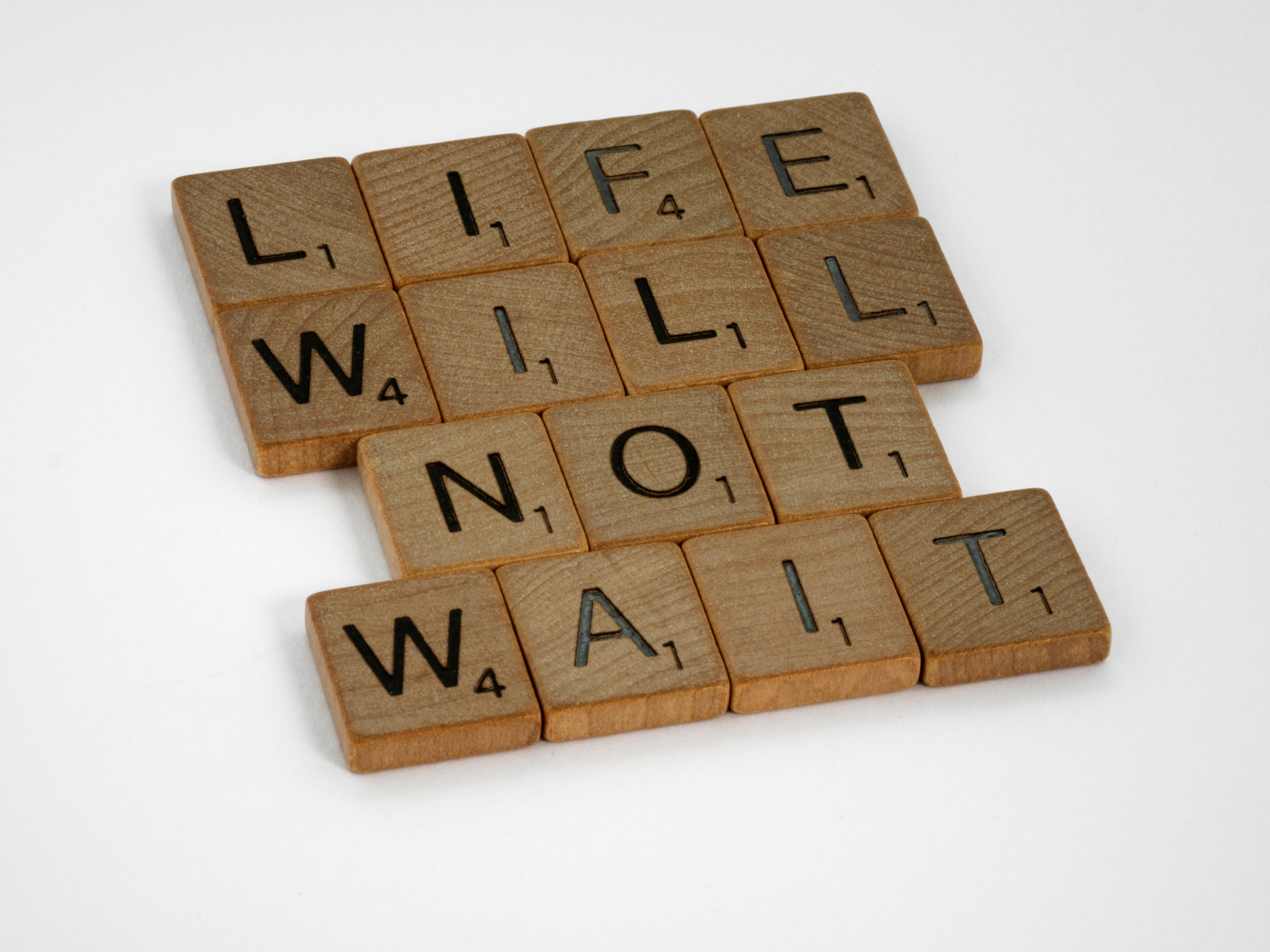Essential Guide to Converting Decimal to Binary in 2025
Converting decimal to binary is a fundamental concept in computer science and programming. As we approach 2025, understanding this conversion becomes vital for anyone interested in software development, digital systems, or general computing. This guide will delve into the methods and algorithms involved in converting decimal numbers into their binary representation, ensuring you are well-equipped to handle binary calculation and arithmetic in various programming languages.
The significance of learning how to convert decimal to binary extends beyond simple number conversions. In today's digital world, binary coding is the backbone of data representation. From CPU operations to coding challenges, a clear grasp of binary format is essential for effective problem-solving in software development.
In this article, we'll cover the following key areas:
- Understanding the decimal numeral system and its binary counterpart
- Exploring various decimal to binary conversion methods
- Implementing algorithms in different programming languages
- The role of binary coding in computer science and digital electronics
- Common pitfalls and best practices in binary conversion
By the end of this guide, you will have a comprehensive understanding of decimal to binary conversion, boosting your abilities in programming and algorithm design. Let's start by exploring the essentials of number systems!
Overview of Number Systems and Their Importance
Before we delve into the specifics of decimal to binary conversion, let's clarify the two primary number systems involved: the decimal and binary numeral systems. Understanding their significance is crucial for any subsequent conversions.
Definitions and Characteristics of Number Systems
The decimal number system, or base 10, is what we use daily. It comprises ten digits (0-9), allowing us to express any number. Contrastingly, the binary number system, or base 2, uses only two digits (0 and 1). This simplicity makes it ideal for electronic circuitry, where two states (on or off) are sufficient to express information.
Every digit in a decimal number has a weighted position based on powers of 10, while binary numbers rely on powers of 2. For example, the decimal number 23 can be expressed as:
- 2 * 10^1 + 3 * 10^0 = 20 + 3 = 23
In binary, it translates to:
- 1 * 2^4 + 0 * 2^3 + 1 * 2^2 + 1 * 2^1 + 1 * 2^0 = 16 + 0 + 4 + 2 + 1 = 23
Current Trends in Binary Usage
As technology advances, the usage of binary coding is becoming increasingly pervasive, particularly in fields such as data encoding, networking, and artificial intelligence. For example, in machine learning applications, data representation in binary form is essential for efficient processing and performance.
This naturally leads us to the next section, where we will explore how to convert decimal to binary using various methods.
Methods for Converting Decimal to Binary
There are several approaches to convert decimal to binary. Each method has its own advantages and is suited for different applications. Understanding these methods is crucial for implementing binary conversion effectively.
Direct Division Method
The most common method to convert a decimal number to binary is through repeated division by 2. As the process involves dividing the number until it reaches zero, this method is also known as the remainder method. Here’s how it works:
- Begin with the decimal number.
- Divide the number by 2.
- Record the remainder (either 0 or 1).
- Repeat the steps with the quotient until it reaches 0.
- The binary representation is the remainders read in reverse order.
For example, to convert 13 to binary:
- 13 ÷ 2 = 6 remainder 1
- 6 ÷ 2 = 3 remainder 0
- 3 ÷ 2 = 1 remainder 1
- 1 ÷ 2 = 0 remainder 1
Thus, 13 in binary is 1101.
Binary Conversion Using Bitwise Operations
Another efficient way to perform decimal to binary conversion is through bitwise operations. This method is particularly useful in programming and computational tasks. The principle involves right shifting the bits of the decimal number until it becomes zero.
For instance, in Python, you can convert decimal to binary using:
bin(number)This function transforms the number into a binary string prefixed by '0b', where you can easily remove this to get a clean binary output.
Utilizing Online Tools for Quick Conversion
For those who prefer ease and speed, various online converters can quickly transform decimal numbers to binary format. These tools are especially beneficial for learning purposes, allowing individuals to validate their manual conversions.
As we move forward, understanding the practical implementation of these methods in programming languages becomes essential, especially when addressing larger datasets or complex numerical tasks.
Implementing Decimal to Binary Conversion in Programming
A practical knowledge of decimal to binary conversion is invaluable in programming, as it becomes a recurring task across various applications and algorithms. Let’s discuss how to implement these methods in different programming languages.
Conversion Techniques in Python
In Python, converting decimal to binary can be easily achieved using the built-in bin() function. This efficiency allows programmers to focus on higher-level logic without getting bogged down by manual conversions. Additionally, for educational purposes, implementing a custom function to convert decimal to binary using bitwise shifting can deepen understanding.
Java and Binary Representation
Java offers a straightforward approach to convert decimal values into binary using the Integer.toBinaryString() method. This method provides a string representation of the binary value, allowing for easy output manipulation and flexibility in applications.
C++ Implementation Strategies
In C++, the process of converting decimal to binary can utilize both manual methods, implementing algorithms that perform bitwise shifts, or make use of STL functions for seamless representation. Custom implementations can improve understanding of the fundamental logic behind binary digits.
As programming paradigms evolve, understanding the nuances of binary functions and their implementations across different languages will be crucial for effective coding practices.
Common Pitfalls and Best Practices in Decimal to Binary Conversion
Even with a clear understanding of number systems and conversion methods, programmers often encounter challenges. Here, we outline common pitfalls and provide best practices to avoid these issues.
Rounding Errors and Floating Point Conversion
When converting floating-point decimal numbers to binary, rounding errors can occur, affecting the binary representation. Understanding the limitations of floating-point representation is essential, especially in applications that demand high precision.
Understanding Binary Representation Limitations
Binary has a limited way of expressing numbers, particularly very large or very small values. For programmers, recognizing how different data types impact binary representation can help avoid overflow errors in calculations.
Performance Optimization Techniques
Optimizing the binary conversion process is vital, especially for applications requiring high performance. Employing algorithms like divide and conquer can significantly enhance performance, as they reduce the time complexity of conversions.
Conclusion: Mastering Decimal to Binary Conversion
In summation, converting decimal to binary is an essential skill for anyone involved in programming or computer science. The insights gained from understanding number systems, conversion methods, and practical applications empower you to tackle complex programming challenges.
By mastering these concepts, you will not only be able to manage binary representations and arithmetic but also enhance your capabilities in software development and data encoding.
Frequently Asked Questions
What is the easiest method to convert decimal to binary?
The easiest method for manual conversion is the direct division method, where you repeatedly divide the number by 2 and record the remainders.
Why is binary representation important?
Binary is the fundamental language of computers, making it crucial for data processing, storage, and representation across digital systems.
Can I convert binary back to decimal?
Yes, the process of converting binary to decimal is straightforward: multiply each bit's value by its corresponding power of 2 and sum them up.
Are there tools available for decimal to binary conversion?
Yes, many online converters are available that can quickly and accurately convert decimal numbers to their binary equivalents.
How does this relate to programming?
Understanding decimal to binary conversion is vital for programmers, as binary data representation is central to developing algorithms, coding functions, and optimizing data handling processes.


